Epiphone Firebird
$460.99
Experience the classic look and sound of the Epiphone Firebird and take your playing to the next level!
Compare
Description
The Epiphone Firebird electric guitar is a guitar that has been in production for over five decades, and it continues to be a popular choice among guitarists of all skill levels. It is known for its unique shape and sound, which has been used by many famous guitarists over the years.
The guitar was first introduced by Gibson in the early 1960s as a rival to the popular Fender Stratocaster and Telecaster guitars. The original Firebird had a unique reverse body shape and a headstock that was angled back, making it very distinctive.
Epiphone, which is owned by Gibson, began producing Firebird models in the late 1990s, and they have become extremely popular among guitarists who want a high-quality instrument at a reasonable price. The Epiphone Firebird is still manufactured to the same high standards as the Gibson Firebird, but with a more affordable price tag.
One of the key features of the Firebird is its unique sound. It has a bright, clear tone with a lot of sustain, thanks in part to its set neck construction. The guitar is also very versatile, and it can handle a wide range of playing styles, from blues to heavy metal.
The Firebird is also a favorite among guitarists who like to experiment with different effects pedals. Its clear tone and high output make it a great choice for distortion, wah-wah, and other effects.
Another key feature of the Firebird is its playability. The neck is slim and fast, making it easy to play complex chords and melodies. The guitar also has a comfortable weight and balance, which makes it easy to play for long periods of time.
One thing to keep in mind if you’re considering purchasing a Firebird is the shape of the body. The reverse body shape can take some getting used to, especially if you’re used to playing more traditional guitar shapes. But for many guitarists, the unique look of the Firebird is part of its charm.
Overall, the Epiphone Firebird electric guitar is a top choice for guitarists who want a high-quality instrument with a unique look and sound. It’s versatile, playable, and affordable, making it a favorite among beginners and professionals alike.
Epiphone Firebird properties
| Product name |
Epiphone Firebird |
| Brand |
Epiphone |
| Type |
Electric Guitar |
| Number of Strings |
6 pcs |
| Handedness |
Right-Handed |
| Number of Frets |
22 |
| Cutaway |
Double Cutaway |
| Size |
4/4 |
| Wood Type (front) |
Mahogany |
| Wood Type (back) |
Mahogany |
| Wood Type (body sides) |
Mahogany |
| Wood Type (neck) |
Mahogany |
| Wood Type (fretboard) |
Laurel |
| Colour |
Sunburst/Colourburst |
Frequently Asked Questions:
What are some common maintenance and care tips for an Epiphone Firebird electric guitar?
Caring for your Epiphone Firebird electric guitar is essential to keep it in good condition and ensuring that it retains its value. Here are some common maintenance and care tips:
1. Regular Cleaning: Keep your guitar clean by wiping down the body, neck, and fretboard after each use with a soft, dry cloth. This will help prevent dust and debris from accumulating on the instrument.
2. String Changing: Change your strings regularly (every 2-3 months) to maintain optimal tone and playability. Make sure you use appropriate string gauge recommended for your Epiphone Firebird model.
3. Tuning: Always tune your guitar before playing to avoid putting unnecessary stress on the neck and frets. Regular tuning also helps keep the strings in good condition, reducing wear and tear.
4. Humidity Control: Maintain ideal humidity levels (around 45-55%) for your guitar by using a hygrometer or humidifier if necessary. This prevents warping or cracking of wood components due to excessive moisture or dryness.
5. Proper Storage: Store your Epiphone Firebird in its case when not in use to protect it from dust, dirt, and potential damage. Avoid exposing the guitar to extreme temperatures or direct sunlight which can cause warping and other issues.
6. Periodic Inspection: Check all hardware components of your guitar regularly for signs of wear or loosening screws. Tighten any loose parts as needed.
7. Professional Setup: Have your Epiphone Firebird professionally set up every couple of years to ensure optimal playability and sound quality. This includes adjusting the truss rod, intonation, action, and nut slots if necessary.
8. Protective Covers: Use protective covers or gig bags when transporting your guitar between venues or gigs. This helps safeguard against scratches, dents, and other damage that can occur during travel.
"What are the unique tonal characteristics of the Epiphone Firebird pickups, and how can they be optimized for different playing styles and genres?"
The Epiphone Firebird pickups have a distinctively bright and clear tone with a pronounced midrange presence. They offer excellent string definition and clarity even at high gain levels. For playing styles that require a lot of high-gain distortion, such as heavy metal or hard rock, these pickups can be further optimized by lowering the guitar's action and setting the bridge pickup's output slightly higher than the neck pickup to achieve a more balanced tone. This will also help prevent harshness in the high frequencies caused by overdrive effects. For cleaner playing styles that rely on the natural sound of the guitar, such as blues or jazz, these pickups can be optimized by increasing their output slightly and adjusting the EQ to bring out the midrange frequencies. This will give a full-bodied, warm tone with excellent sustain. Additionally, using different types of amps and effects pedals can also help optimize the unique tonal characteristics of Epiphone Firebird pickups for specific playing styles and genres. For example, a tube amplifier with a lot of gain may be ideal for heavy metal playing, while a solid-state amplifier with a more transparent tone might work better for cleaner styles like blues or jazz. Overall, the key to optimizing these pickups is to experiment with different settings and find what works best for your particular style and genre of music.
How does the set-neck construction and mahogany body of the Epiphone Firebird contribute to its distinct tone and playability?
The set-neck construction of the Epiphone Firebird, in which the neck is attached directly to the body at the point where it meets the fretboard, provides excellent stability and resonance. This results in a more sustain-rich and harmonically complex sound that is often associated with classic rock and hard rock genres. The mahogany body of the Firebird also contributes to its distinctive tone by providing a warm and full-bodied sound with plenty of midrange punch. Additionally, the thick neck profile and slim taper make it easy and comfortable to play, making the Epiphone Firebird an excellent choice for both beginners and experienced players alike. Overall, the combination of set-neck construction and mahogany body makes the Epiphone Firebird a versatile and reliable instrument that is perfect for a wide variety of musical styles.
How does the unique humbucker pickup configuration on the Epiphone Firebird contribute to its distinct tone and versatility in various musical genres?
The Epiphone Firebird is renowned for its distinctive tone, thanks in part to its unique humbucker pickup configuration. This guitar features two mini-humbuckers positioned at the neck and bridge, which provide a clear and articulate sound that is both bright and crisp. The use of mini-humbuckers also allows for a lower output, making it easier to achieve cleaner tones and better note clarity in genres such as jazz and blues. In addition, the Firebird's pickups are wired with reverse polarity, meaning that they produce an out-of-phase sound when both pickups are engaged. This produces a unique and distinctive "quack" that is highly sought after by musicians playing funk, R&B, and other genres where this effect is desirable. Overall, the Epiphone Firebird's humbucker configuration contributes to its versatility in various musical genres by providing a balanced and adaptable sound that can be shaped and manipulated to suit a range of playing styles and preferences.
Before you buy Epiphone Firebird
 Yamaha FG820
Yamaha FG820 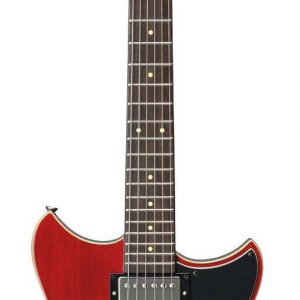 Yamaha Revstar RS320
Yamaha Revstar RS320 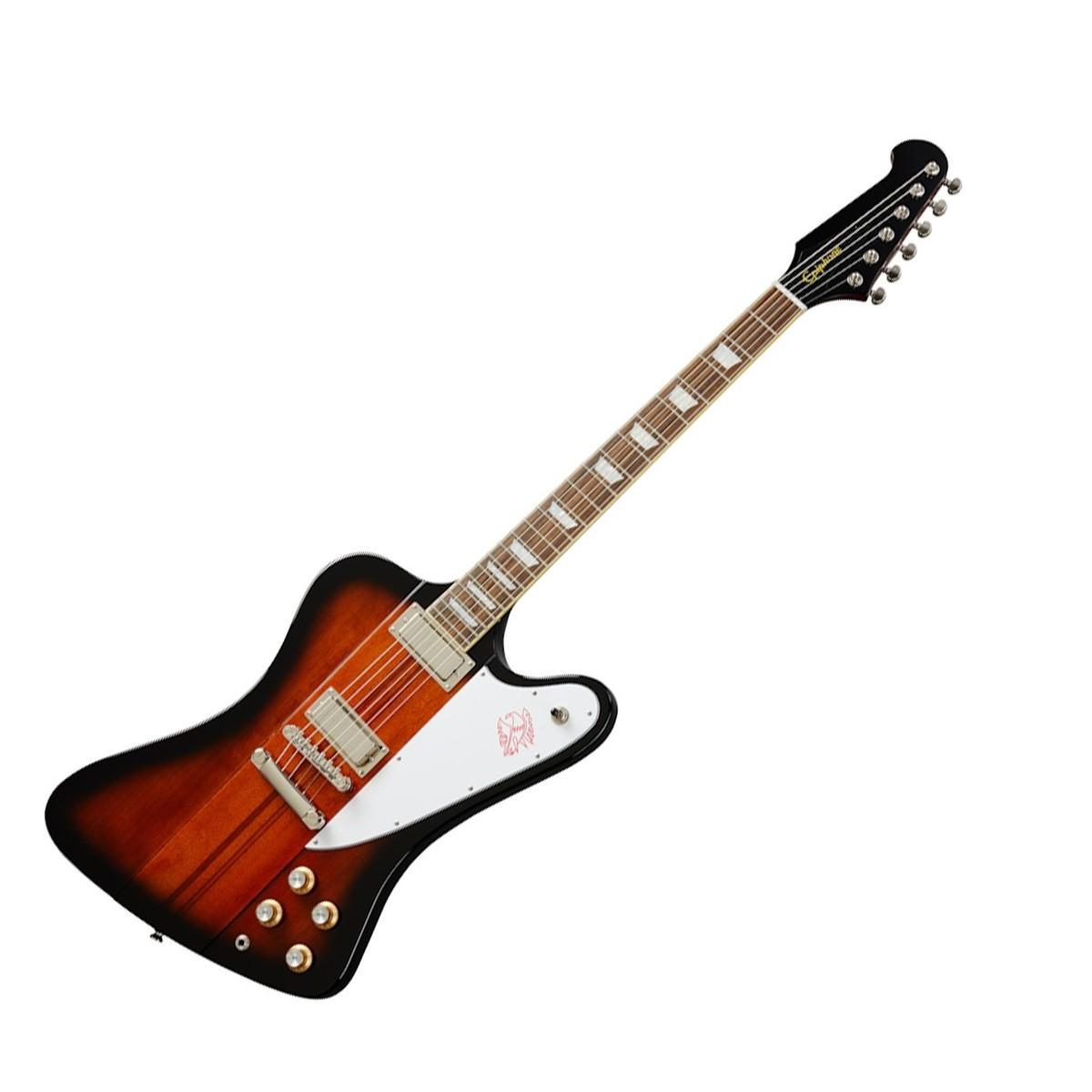


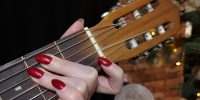


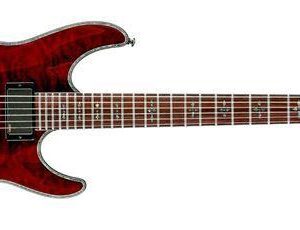

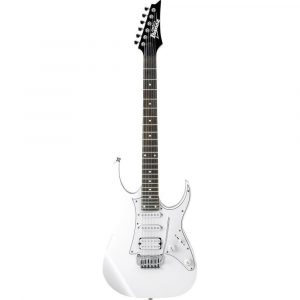
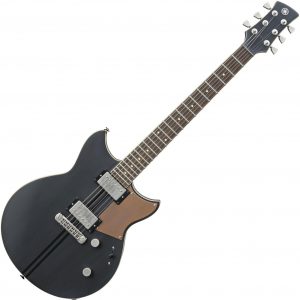
Juliette Mercer –
I couldn’t help but be drawn to the inspiring story of the Antiguan women being trained as coastal stewards. Their efforts to protect the island paradise they call home are truly commendable, and it gives me hope that future generations will have the chance to enjoy its pristine coastline and vibrant marine life. However, this message of empowerment and environmental conservation is not always echoed in our daily lives. It’s disheartening to see the devastating impact human activity has had on our planet, from pollution to deforestation to climate change. But I refuse to succumb to despair. That’s why I turn to music as a source of solace and inspiration, and the Epiphone Firebird is an instrument that truly speaks to me in this regard. Its rich tones and versatile range make it a favorite among both amateur and professional musicians alike, but its true potential lies in the way it connects with the larger message of sustainability and responsibility that we all need to embrace. By choosing to play an environmentally conscious instrument like the Epiphone Firebird, we can demonstrate our commitment to protecting the planet and preserving its natural resources for future generations to enjoy. In this way, music becomes not just a source of entertainment but also a powerful tool for social change, one that empowers us to make a difference in the world around us. So let’s raise our voices together, using the Epiphone Firebird as a symbol of hope and inspiration, and work towards a brighter future for our planet and its people.